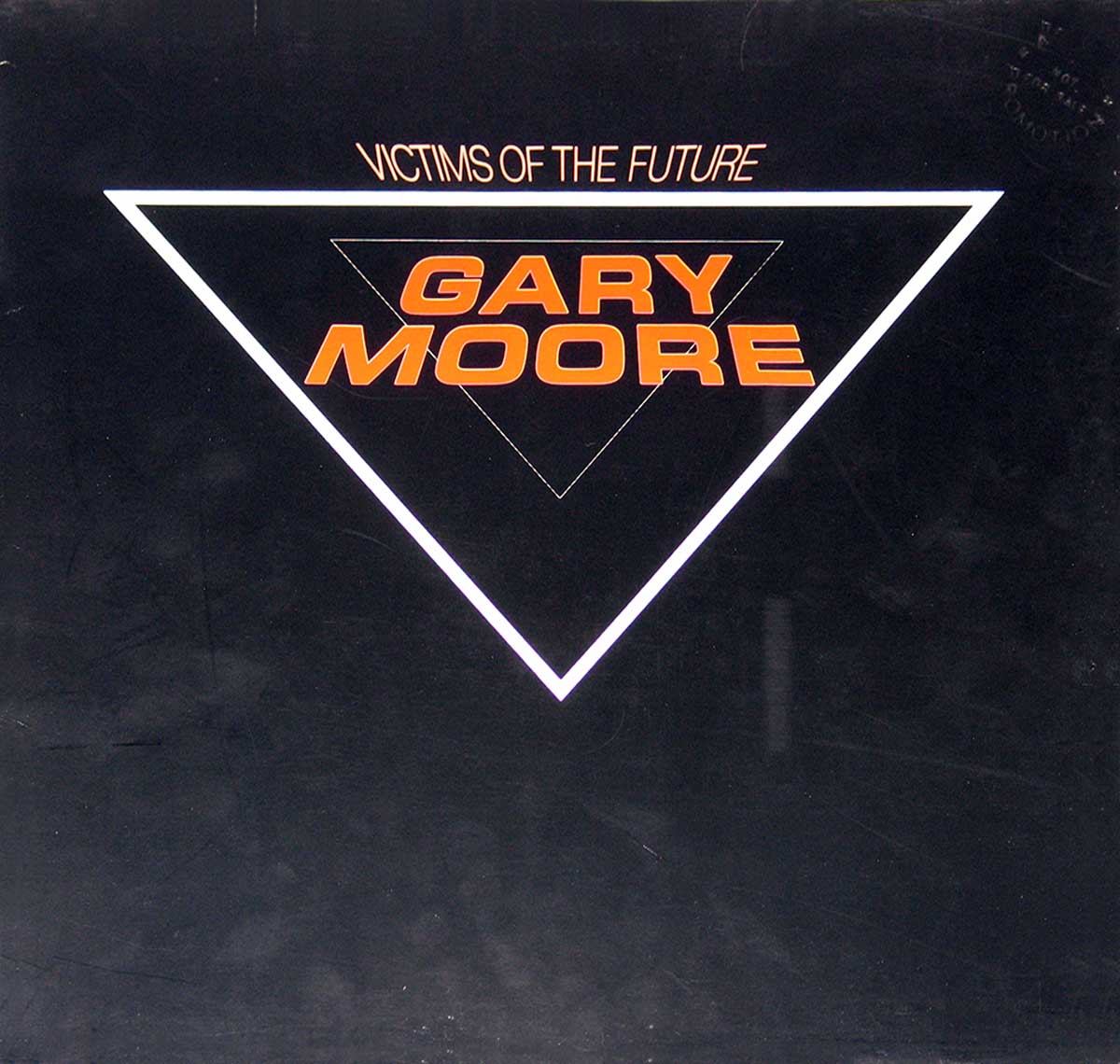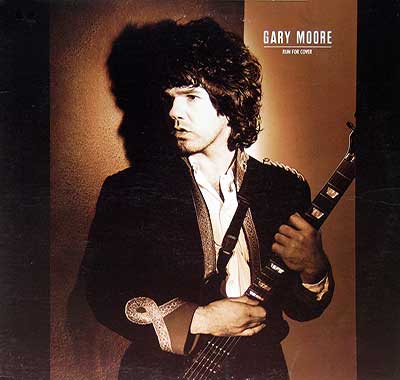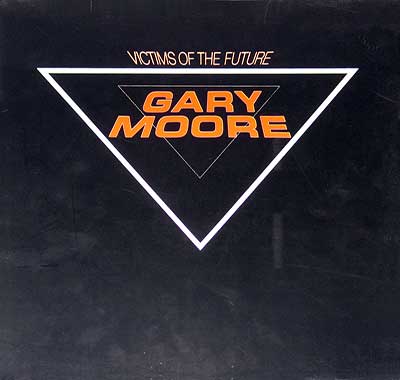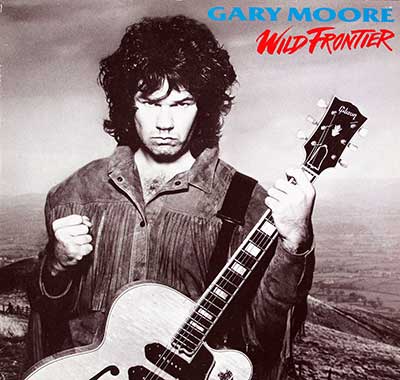1983, a year where big hair and bigger shoulder pads reigned supreme, and the threat of nuclear war hung heavy in the air. In the midst of this Cold War paranoia, Irish guitar maestro Gary Moore unleashed "Victims of the Future," a blistering blues-rock album that channeled the anxieties of the era into a sonic explosion.
Moore, fresh off his stint with Greg Lake, wasn't interested in playing nice. This wasn't your daddy's blues; this was a raw, visceral, and politically charged record that reflected the turbulent times. "Victims of the Future" was a sonic middle finger to the establishment, a defiant howl against conformity and complacency.
The album showcased Moore's signature guitar pyrotechnics, a dizzying blend of blues licks, hard rock riffs, and fiery solos. Tracks like the title track and "Empty Rooms" were anthems of alienation and frustration, while "Murder in the Skies" addressed the very real fear of nuclear annihilation. This wasn't just music for escapism; it was music that grappled with the harsh realities of the world. The instrumental track "Shapes of Things," a cover of the Yardbirds' classic, became a fan favorite and a showcase for Moore's virtuosic guitar playing. The album also featured a collaboration with Ian Paice, the legendary drummer from Deep Purple, on the track "All Messed Up," adding another layer of complexity and energy to the record.
Moore's lyrics, penned with a sharp wit and a touch of cynicism, tackled everything from political corruption to social injustice. "Victims of the Future" wasn't a record for the faint of heart; it was a call to arms for those who refused to be silenced. The track "Hold On to Love" stood out for its poignant lyrics and emotional depth, showcasing a softer side to Moore's songwriting.
The album's production, overseen by Jeff Glixman, known for his work with Kansas and the Scorpions, was a perfect fit for Moore's fiery sound. Recorded at the legendary Musicland Studios in Munich, "Victims of the Future" captured the raw energy of Moore's live performances while adding a polished sheen that enhanced the album's impact. The album's distinctive cover art, featuring a futuristic cityscape under attack, also sparked discussion and contributed to the album's overall mystique.
Despite its critical acclaim, "Victims of the Future" wasn't without its controversies. The album's cover art, depicting a dystopian cityscape, was deemed too provocative by some, while Moore's outspoken political views ruffled a few feathers. Some critics found the album's political themes heavy-handed, while others praised Moore for his willingness to tackle difficult subjects. But controversy was nothing new for Moore, a man who never shied away from expressing his opinions, both through his music and his words.
"Victims of the Future" wasn't just an album; it was a sonic time capsule, a reflection of the anxieties and fears of a generation living under the shadow of the Cold War. It was a testament to the power of music to confront, challenge, and inspire. Gary Moore didn't just play the blues; he lived them, and "Victims of the Future" is a testament to his passion, his anger, and his unwavering belief in the power of rock and roll.



